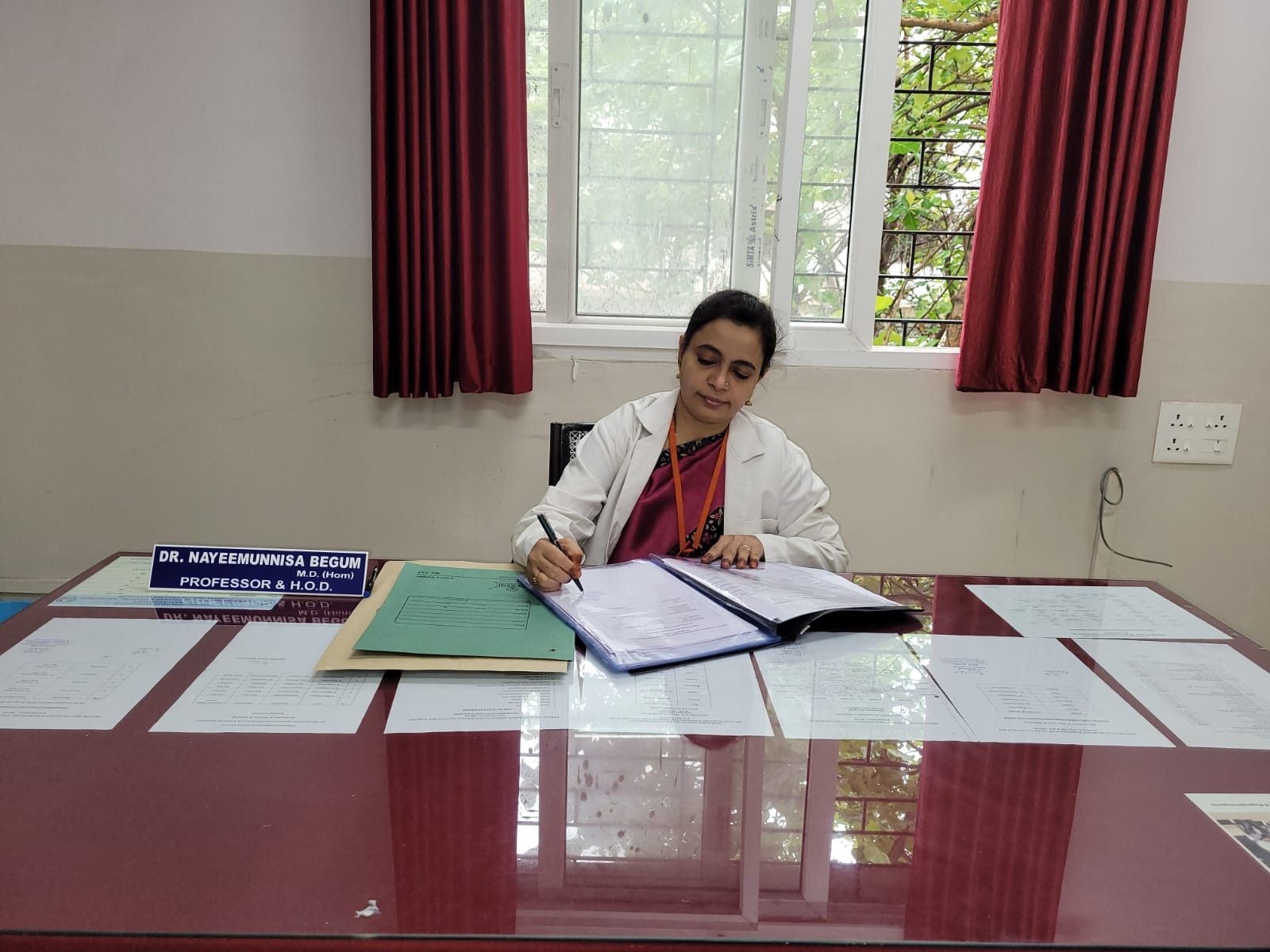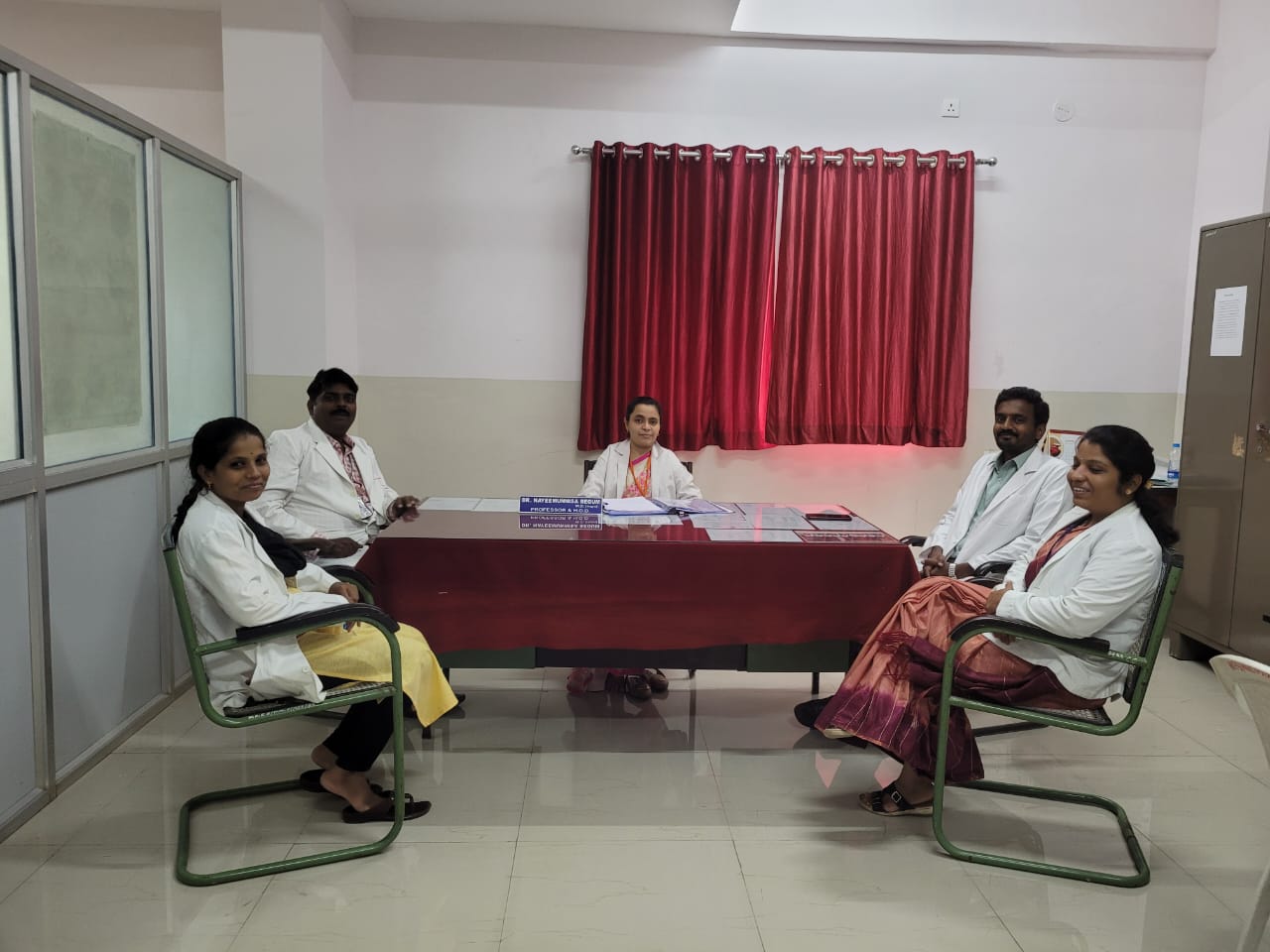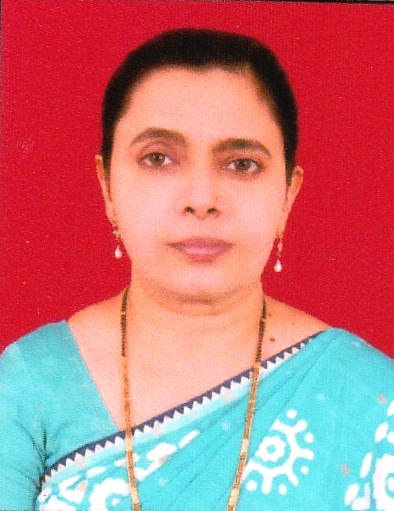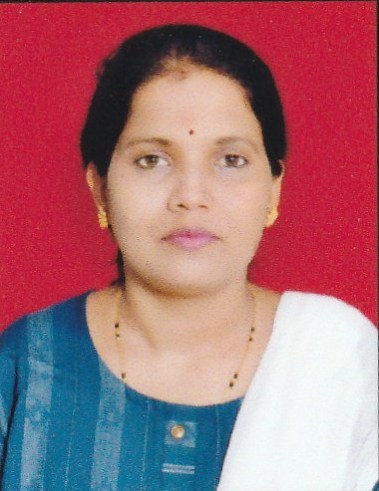| Brief introduction about department:
The Practice of Medicine combines both science as the evidence base and art in the application of medical knowledge in combination with intuition and clinical judgment to determine the treatment plan for each patient. |
||||||||||||||||||||||||||||||||||||||||||||||||
| Mission of the department:
To equip the students with the knowledge, skills and attitude to care for those who are suffering from various diseases. |
||||||||||||||||||||||||||||||||||||||||||||||||
|
Faculty Detalis:
|

Affiliated to
Rajiv Gandhi University of Health Sciences,
Karnataka, Bengaluru
Recognized by
Central Council of Homoeopathy, New Delhi




